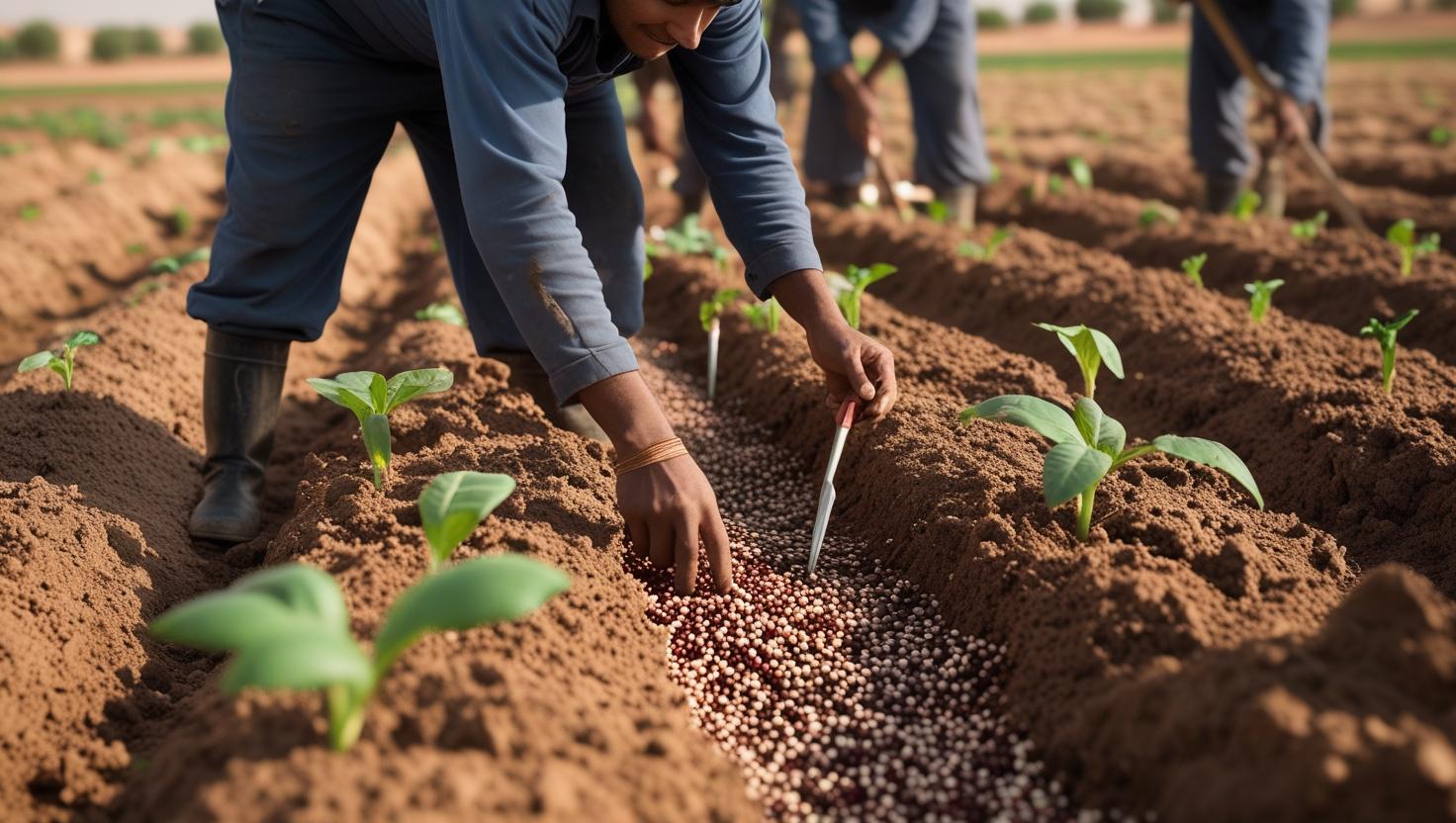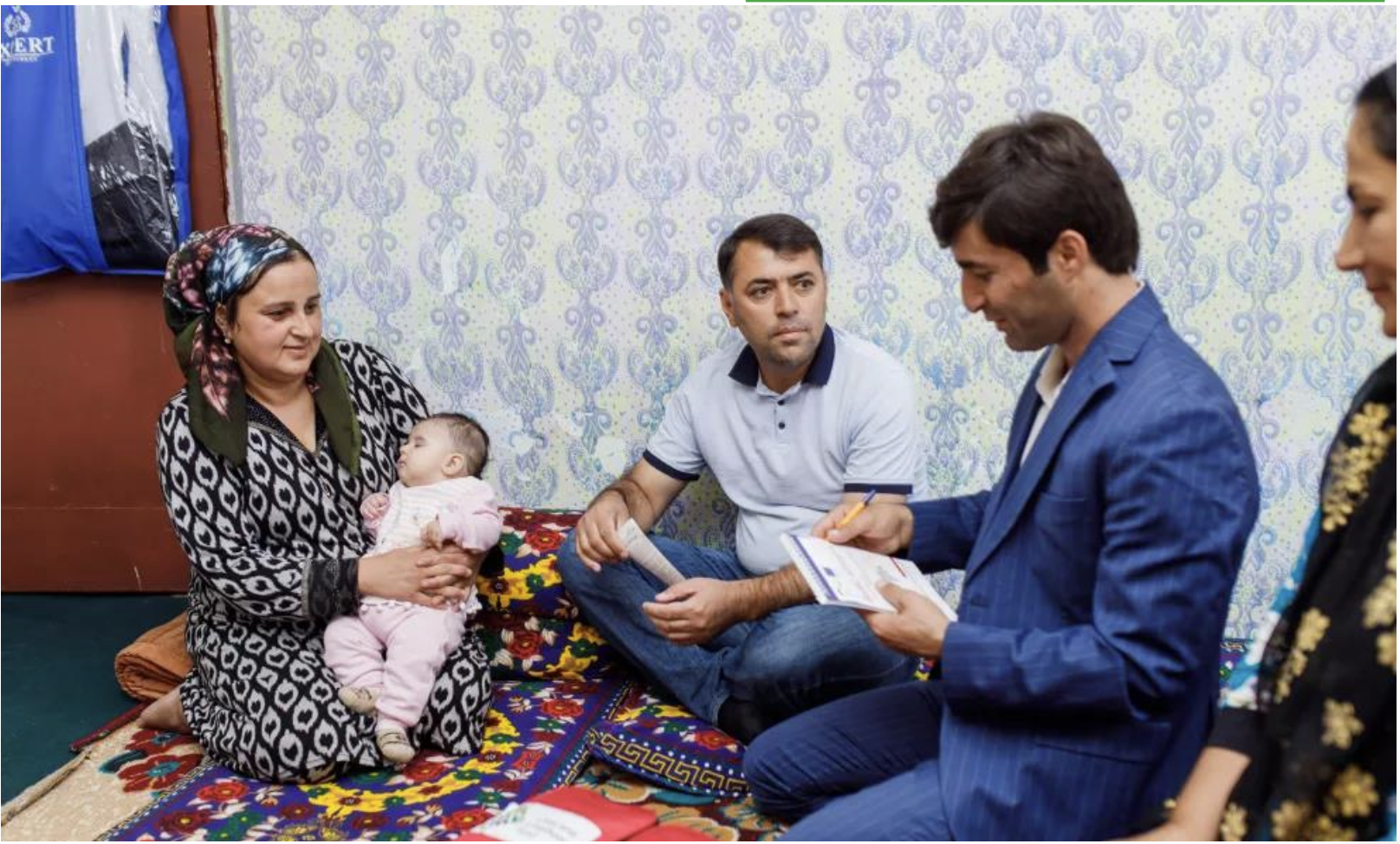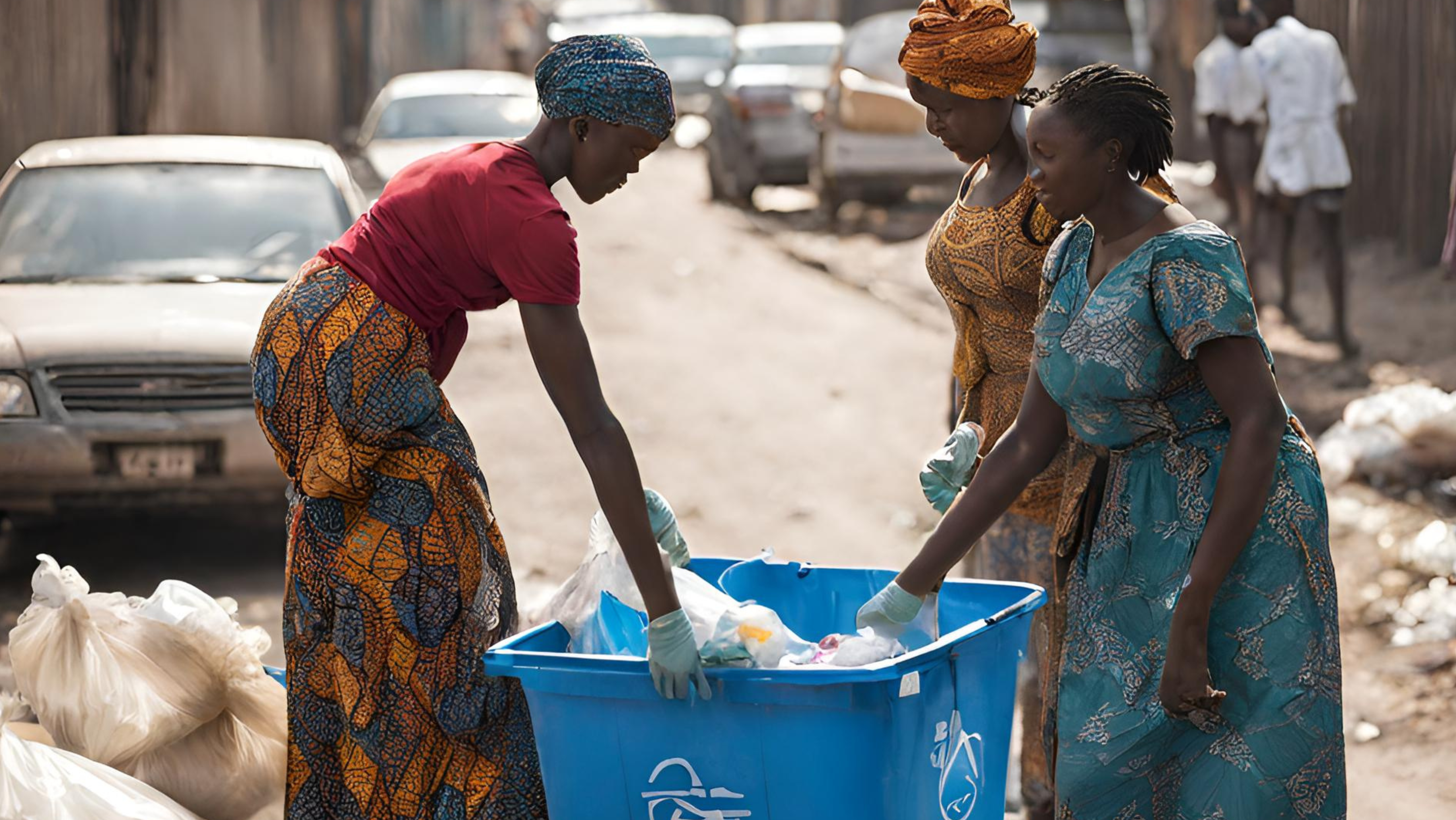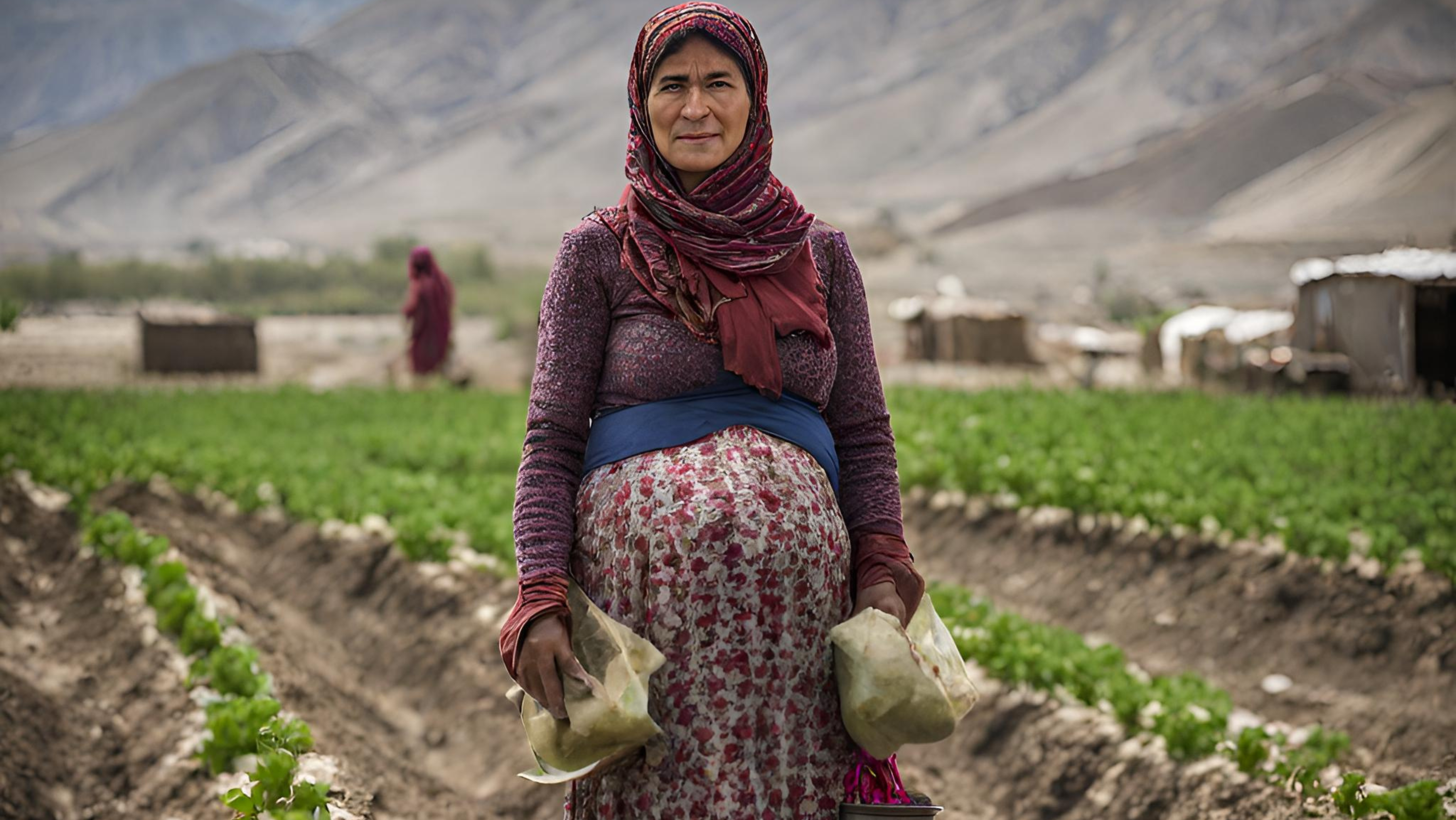Latest updates
Climate Change and HIV/AIDS: A Two-Front War
Our special feature on WORLD AIDS DAY explores the synergistic relationship between HIV/AIDS and Climate Change and how the assistance from the Lives and Livelihoods Fund is helping prevent Cameroon from sleepwalking into a twin catastrophe.
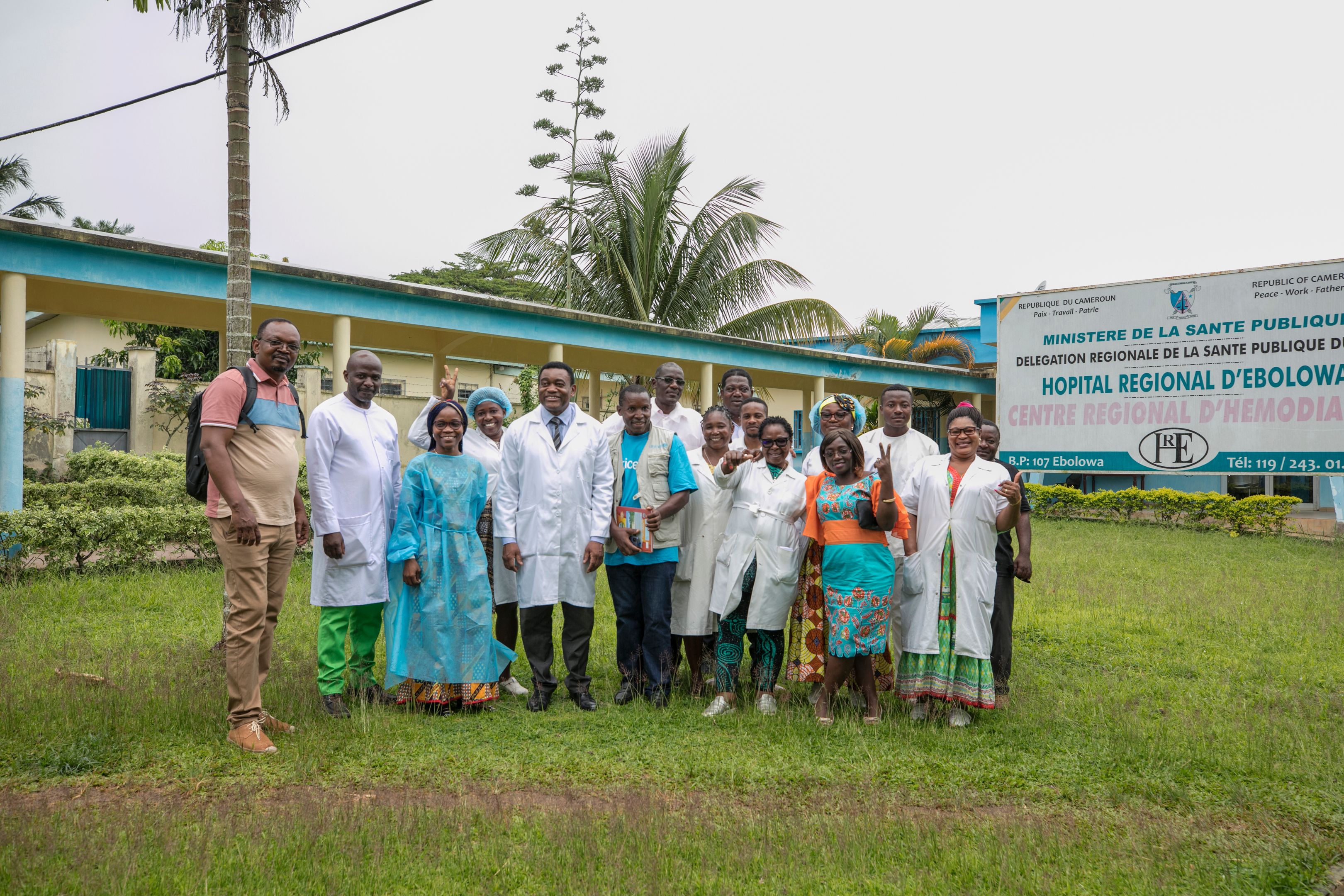
As environmental niches are being prompted by erratic climate changes, they are predisposing people, especially those living with HIV/AIDS, to inevitable human migration, increased food insecurity and deadly air and water-borne infections and diseases. The extreme weather events are reshaping the health landscape in low and middle-income countries, thus overstressing their public health infrastructure which is the main vehicle for HIV/AIDS prevention and impact mitigation.
For Cameroon, it all began in 1985 when the earliest reported case emerged. Almost four decades into the HIV/AIDS breakout, the epidemic control is a constant struggle for the government of Cameroon, for the country’s healthcare system, and for local communities. The situation is likely to exacerbate given Cameroon’s 146th ranking on the 2020 ND-GAIN Index, making its diverse climatic zones more susceptive of long-term climate shocks. Cameroon is globally the 59th most climate-vulnerable country and the 16th least ready country.
The Lives and Livelihoods Fund and the Government of Cameroon are funding a US$ 40 million Support of Elimination of Mother-To-Child Transmission (eMTCT) of HIV/AIDS Project in 61 health districts through the Ministry of Public Health, UNICEF, and other local stakeholders.
Towards a holistic engagement with climate-health issues, especially for those living with HIV/AIDS, the LLF is implementing a range of measures in Cameroon. On the preparedness level, the LLF works with women, youth, and health workers to anticipate and deal with climate-sensitive diseases and health risks. On the healthcare facility level, the LLF improves resilience and reduces emission from healthcare units through clean water and energy availability well as providing low-emission systems for safe treatment of hazardous medical waste. The LLF approach is aligned with the global effort towards dependable, equitable, climate-resilient, and low-carbon, health systems.
Based on the diverse epidemiological profiles, the project is targeting 332,240 pregnant women, which make 35% of the national target. However, since 2019, more than 350,581 women have received HIV testing and antiretroviral treatment. Similarly, more than 82,500 children and adolescents have received early diagnosis and care through case-based surveillance system and ARV resistance monitoring.
Besides economic and other social determinants, the environmental conditions such as, poor sanitation, unsafe management of waste and hazardous clinical materials and energy crisis, heighten HIV/AIDS acquisition rate in vulnerable populations. The LLF project is reversing the situation via three work streams.
POWERING UP HEALTH FACILITIES WITH WATER AND SOLAR ENERGY
The eMTCT project, through UNICEF, is improving water and solar energy supply in the less equipped health facilities in all targeted regions and health districts.
Water supply through boreholes is ameliorating hygiene and sanitation system at health facilities, thus reducing the prevalence of nosocomial infections including HIV and Covid19. The availability of regular clean water is also ensuring that surgical instruments and other items are properly and systematically cleaned.
Our project has equipped health facilities with solar system as a renewable source of power. In addition to playing an important role in curtailing GHG emissions, these solar-power generation systems are also proving to be lifesavers in rural Cameroon where protracted power outages are a way of life.
The high-tech diagnostic device (Point-of-Care) that is crucial for HIV Early Infant Diagnosis and Viral Load Testing is greatly benefitting from uninterrupted supply of power for recharging purposes. Similarly, the maternity wards and laboratories are also powered up with solar energy, thus optimizing their services and ensuring timely diagnosis and safe deliveries, respectively.
DEMONSTRATING ‘GREEN CREDENTIALS’ THROUGH WASTE MANAGEMENT AND SOLUTIONS
Health care provision, including laboratory activities produce considerable amount of biomedical waste including HIV, Hepatitis or Covid19 virus-infected syringes, which, if not properly disposed, can pose serious threats to environmental and human health.
In the absence of proper disposal and waste management system, the majority of health facilities use traditional measures to burn biomedical waste e.g. wood, which causes additional harm to the environment.
The eMTCT project is providing high-performing incinerators to 40 district hospitals to help reduce the use of fossil fuels as well as potential infectious properties and volume of medical and biological waste.
INSPIRING CLIMATE ACTION THROUGH ENVIORNMENT EDUCATION
The project is supporting communities, especially adolescents and young people to include environment education and actions in their HIV prevention programs.
To this effect, an innovative Youth 3+1 initiative was launched to address several health threats in relation to HIV for Adolescents and Youth (Early pregnancy, Menstrual Hygiene management, Sexually Transmitted Diseases, Gender-based Violence, Anemia and poor Nutritional statues).
The eMTCT’s Youth 3+1 initiative uses four integrated platforms: School, Community, Health Facility, Digital Space to provide critical information, mentorship and psychosocial support to the most vulnerable adolescent girls and boys.
These activities create synergy with our Youth 3+1 initiative to support pupils in understanding environmental issues and encourage them to plant and maintain trees in partnership with the Ministry of Environment Protection of Nature and Sustainable Development.
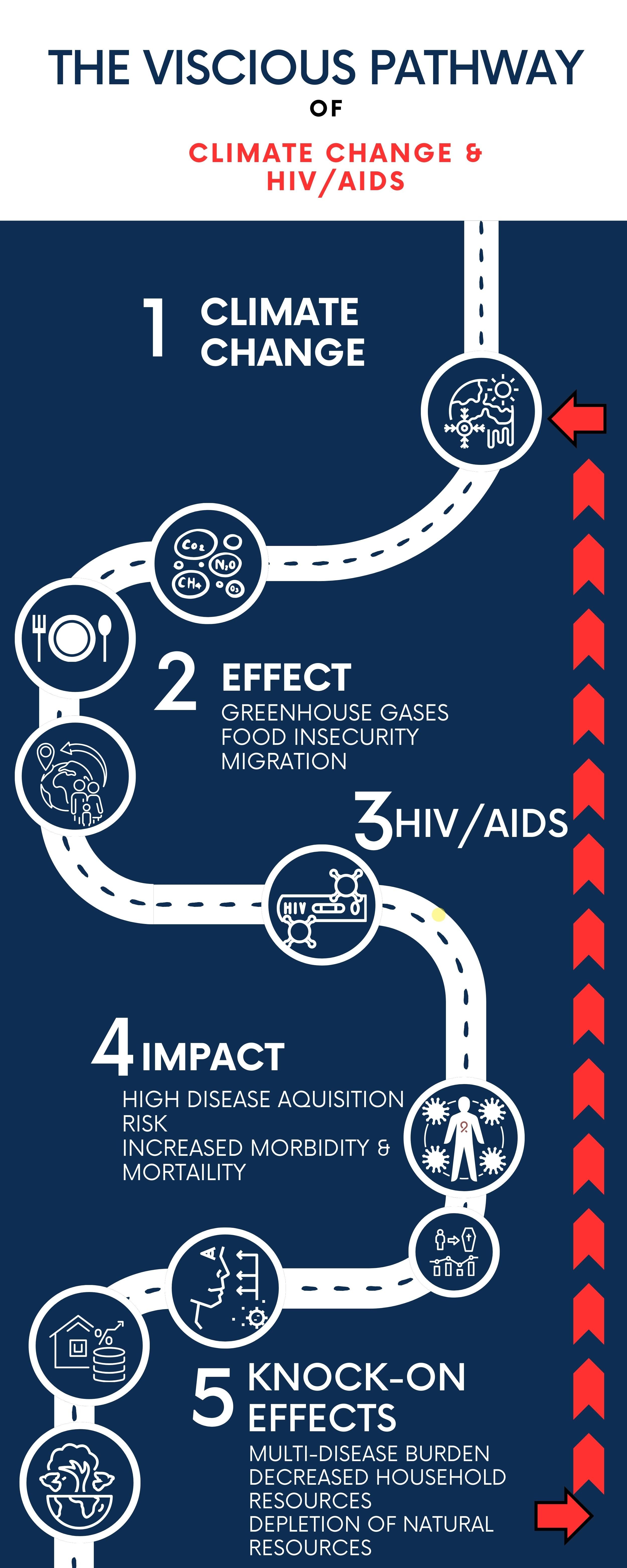
Related articles
Cookies
By browsing our website you accept our Terms and Conditions
